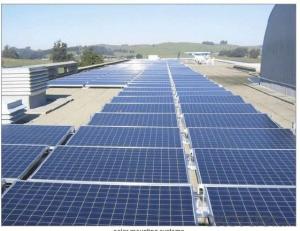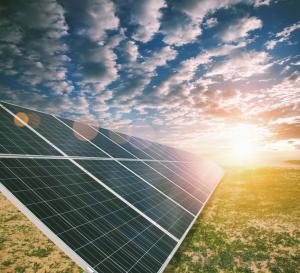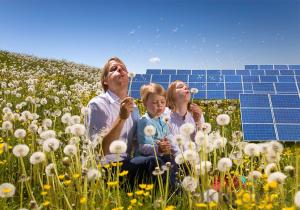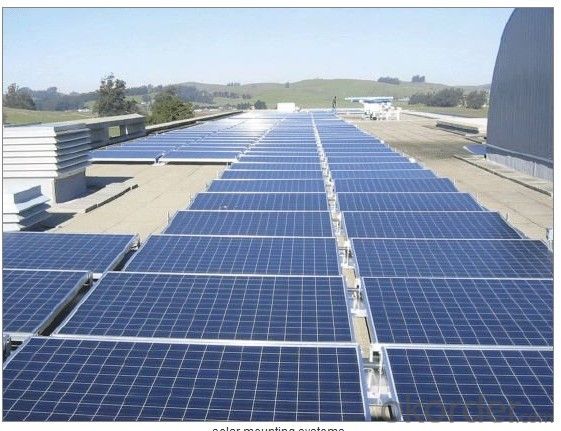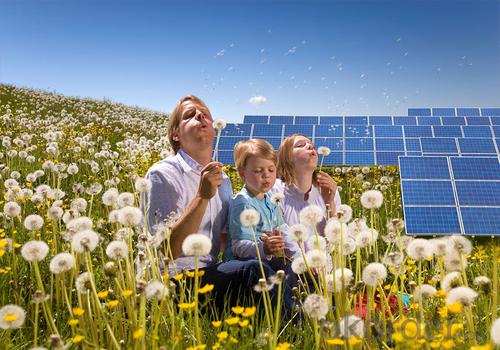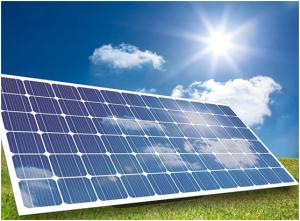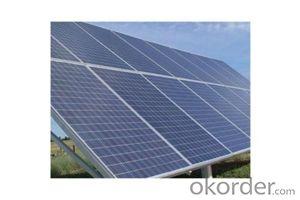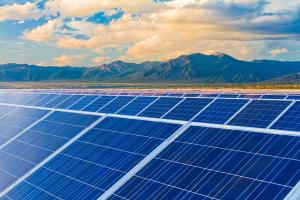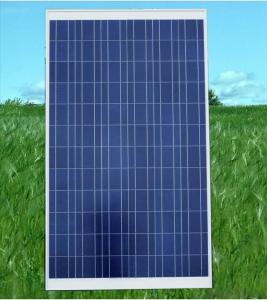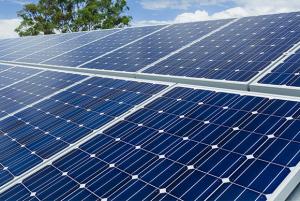Jinco Solar Panels - CNBM Poly Crystalline Solar PV Modules 305W
- Loading Port:
- China main port
- Payment Terms:
- TT OR LC
- Min Order Qty:
- 100000 watt
- Supply Capability:
- 10000000 watt/month
OKorder Service Pledge
OKorder Financial Service
You Might Also Like
Specification
About us
CNBM International Corp, established in 2004, is the business entity for trade and logistic of CNBM Group.With the advantages in Cement, Composite Materials, New Building Materials and Engineering, CNBM mainly concentrate on coal, steel and construction equipments and give priority to solar and wind energy development.CNBM International is highly recognized by its business partners and clients all over the world and has established good business relationship with the customers in over 120 countries and regions all over the world.
Poly crystalline PV modules 205W
SIZE:1957*992*50mm
Weight:22.5kg
Process is as follows:
1, the battery test
2, positive Welding - Inspection –
3, on the back of cascading - Inspection –
4, laying (glass cleaning, material cutting, glass pre-processing, laying) –
5, laminating –
6, to flash ( to the side, cleaning) –
7, fitted border (glue, loading angle keys, punching, install box, scrub I glue) –
8, the welding junction box –
9, high-pressure test –
10, component testing -- -
11 appearance inspection, packaging and storage;
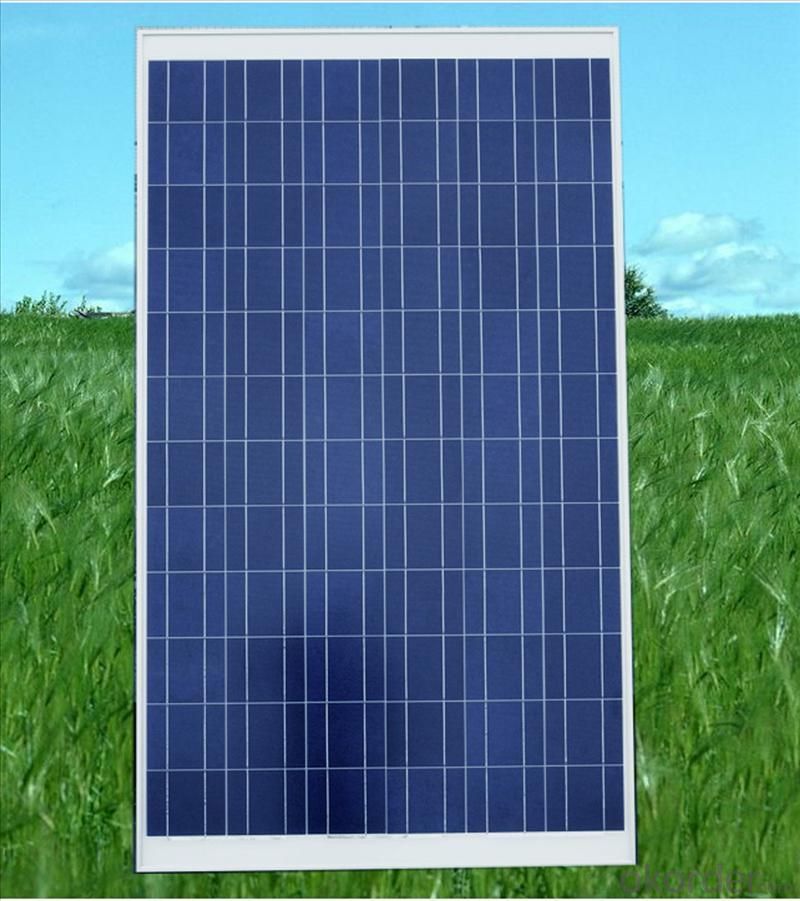
FAQ
1. How long will my inquiry get response?
Your inquiry related to our products or prices will be replied within 24 hours.
2. Can I get professional service and suggestion?
Well-trained and experienced staffs to answer all your questions in fluent English.
3. Do you accept OEM or customized design?
OEM & ODM, any your customized lightings we can help you to design and put into product.
4. What if I need specific design?
Distributorship are offered for your unique design and some our current models.
- Q: Are there any disadvantages to using solar panels?
- Yes, there are a few disadvantages to using solar panels. Firstly, the initial installation cost can be relatively high, making it a less affordable option for some individuals or businesses. Additionally, solar energy production relies on sunlight, which means that solar panels are less effective during cloudy or rainy days, or at night. This intermittency requires a backup energy source or energy storage system, adding to the overall cost. Moreover, solar panels require a significant amount of space for installation, which may not be feasible in densely populated areas. Lastly, the manufacturing process of solar panels can have environmental impacts, as it involves the use of certain materials and chemicals. However, it is worth noting that continuous advancements in technology are reducing these disadvantages, making solar panels an increasingly viable and sustainable energy solution.
- Q: How can I determine the size of solar panel system I need?
- To determine the size of the solar panel system you need, you should consider your average electricity consumption, your location's solar potential, and the available roof or ground space for installation. Start by analyzing your energy bills to understand your average monthly and annual electricity usage. Then, consider the solar irradiation levels in your area, which can be found through online tools or consulting a solar professional. Additionally, assess the available area for installation, as larger systems require more space. Finally, consult with a solar installer or use online calculators to determine the appropriate system size that can meet your energy needs.
- Q: How much money can you save by using solar panels?
- The amount of money you can save by using solar panels varies depending on several factors, such as the size of the system, your energy consumption, the cost of electricity in your area, and the availability of sunlight. On average, solar panels can save homeowners thousands of dollars over their lifespan, typically between 10-30 years. Additionally, solar panels can reduce or eliminate your monthly electricity bills and can even allow you to earn credits through net metering programs. While the exact amount of savings is difficult to determine without considering specific circumstances, solar panels offer substantial long-term financial benefits.
- Q: Which of these units determines how much electric energy a solar panel can generate?
- DIY okorder
- Q: Can solar panels be used to power an air conditioning system?
- Yes, solar panels can be used to power an air conditioning system. Solar energy can be converted into electricity, which can then be used to power various appliances including air conditioning units. By harnessing the power of the sun, solar panels can provide a sustainable and cost-effective solution for cooling homes and buildings.
- Q: Can solar panels be used in conjunction with a backup generator?
- Yes, solar panels can be used in conjunction with a backup generator. This setup is known as a hybrid solar power system and it allows for continuous power supply even during periods of low sunlight or when the solar panels are not generating enough electricity.
- Q: If my school was to purchase enough solar panels to run the school off only their power, how much might that cost? (I have a really small school, only 384 kids.)Just general prices of solar panels and how much electricity they yield would be fine too.
- Solar panels typically cost in the range of 8 to 0 dollars per kilowatt of power they are capable of providing. That same kilowatt of power costs in the range of 8 to 0 cents normally. This is the reason solar is not all that viable, without government incentives. The person who responded You're looking at $0,000 to $40,000... is so far off the real answer as to not even be funny. I suspect a solar pv system for a school would start in the $400,000 to $500,000 range. Many areas though have incentives, which will reduce the actual out of pocket costs (but not to $0k).
- Q: i am trying to get it to work on solar power They are outdoors and we dont feel like running a few hundred feet of power cables. Thanks and best answer will get 0 points.
- Only okorder /... Each battery will will need to be enclosed in a box from the weather to preserve it as well as the charge controllers. All this work can be done with success, but will be costly if that's what you want, and want it done right. You have no short cuts around this unless you want to damage your cameras? I still say it would be much easier to run conduit under ground for your power supply to each camera, and it would cost less money and time.
- Q: i took some solar yard lights apart and put them together in a series. i was told if you take AMPS times VOLTS = WATTS. do you test it with ac volt or dc volts? I tested mine with dc volts and got 4 volts in good sun and had my meter set on Ma or milliamps and got .83 which i am asuming that is .83 of one amp now i took those and multiplied .83 times 4 volts to = 34.03 watts. Is this large enough to charge a car battery in a day? And doese it make a difference for amps on how fast it charges or watts. i also was looking around and found 30 watt panels but had higher amps. I am very interested in building solar panels but i realize i dont know what i need to do to make shur they are big enough. my panel is only 9inch by 0 inch. It seems weird that i am putting out 4 volts
- If a car battery contains 50 amp hours of charge at 2 volts, that's 600 watt hours of energy. divided by 34.03 watts, 7.63 hours to charge completely in direct sunlight. You don't want to connect them all in series. You want about 4 or 5 volts to charge a 2 v battery, so you should connect groups in parallel, and connect those groups in series to make your voltage. You'll end up with the same amount of power, lower volts and higher amps. It will work for trickle charging your battery if it's not too far run down.
- Q: when building a solar panel should the diode be on the positive or negative sidelittle more detail i just built a solar panel and im running it to a grid tie converter should i put diodes in if i add another panel or are they only for battery systems?
- I'm assuming you're talking about the blocking diode and not the bypass diodes. Positive side.
Send your message to us
Jinco Solar Panels - CNBM Poly Crystalline Solar PV Modules 305W
- Loading Port:
- China main port
- Payment Terms:
- TT OR LC
- Min Order Qty:
- 100000 watt
- Supply Capability:
- 10000000 watt/month
OKorder Service Pledge
OKorder Financial Service
Similar products
Hot products
Hot Searches
Related keywords
